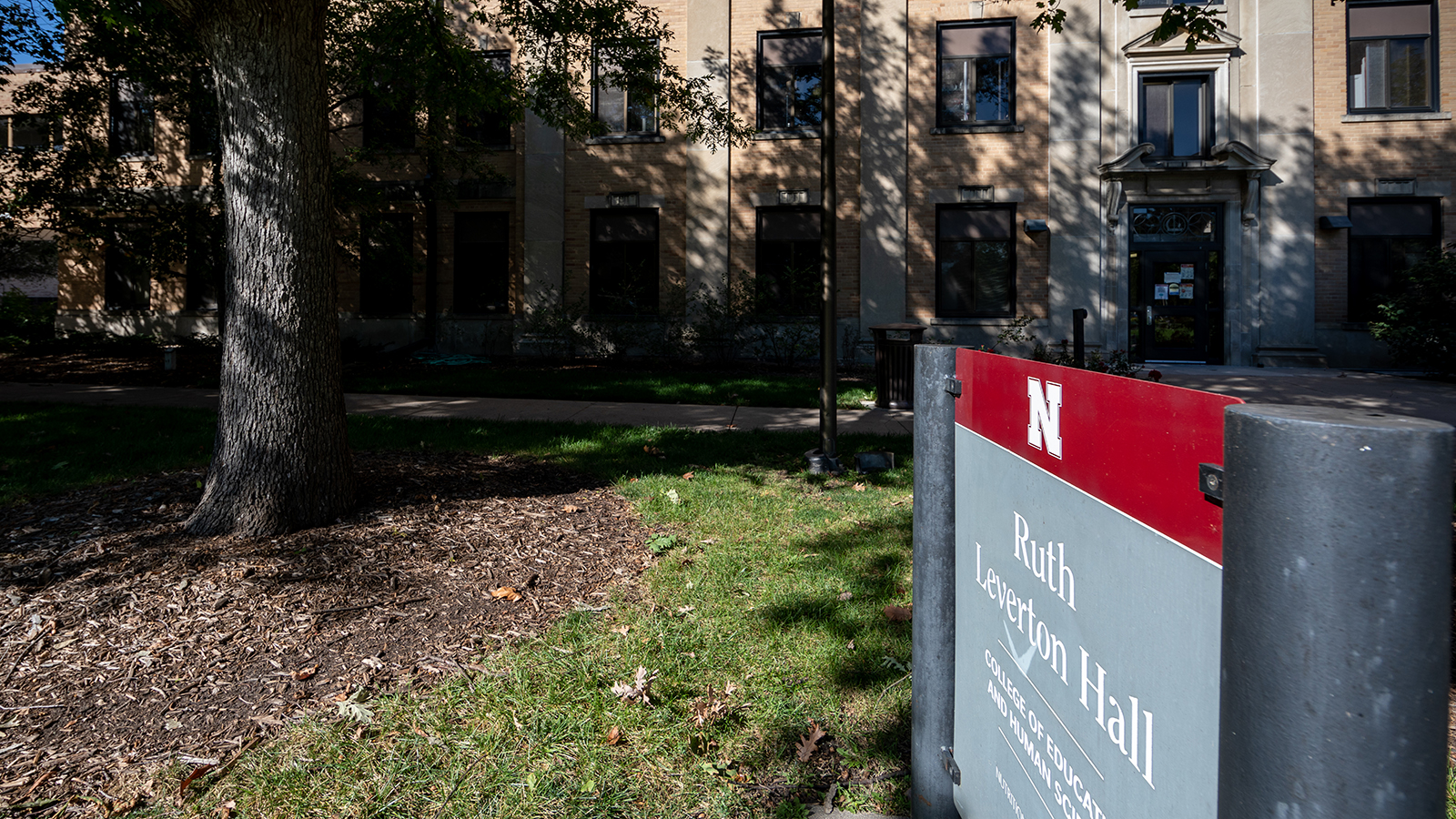
Study suggests taste cells’ role in immune response may lead to treatment of taste loss
12 Jan 2023 By Kelcey Buck | Special Education & Communication Disorders
Taste cells are heavily exposed to the microbes in the mouth, but their role in helping the body respond to those microbes has not yet been studied in detail. A recent study from a team of researchers from the University of Nebraska-Lincoln and other institutions, however, has found that a subset of taste cells called type II taste cells may play a key role in the body’s immune response to harmful oral microbes.
The results of the three-year study, which was recently published in PLOS Biology, could help treat taste loss when conditions such as infection, aging, obesity and cancer chemotherapy cause dysregulation of the oral microbiome.
Microfold (M) cells, which are specialized epithelial cells in the gut and tonsils, take samples of microbiota and pass them on to immune cells in the respective tissue through a process called transcytosis. This allows those immune cells to orchestrate an appropriate immune response. The researchers found that Spib, a key gene required for the development of M cells, is also expressed in type II taste cells and wanted to determine whether the taste cells have the same immune-related function as the M cells.
“This study breaks new ground by demonstrating that type II taste cells function like M cells in responding to the microbiota,” said Sunil Sukumaran, assistant professor of nutrition and health and the corresponding author of the study. “M cells are key to maintaining a healthy microbiota in the gut, and our finding suggests that type II taste cells do the same, in addition to their known roles in taste signaling.”
Using mouse models, the researchers determined that RANKL, a growth factor required for the development of M cells in the gut and tonsils that works through the Spib gene, can also promote M cell growth in taste tissue. Spib knockout mice also showed dysregulation of immune signaling pathways in taste papillae and had much lower numbers of immune cells in the taste papillae. Curiously, they also had stronger attraction to sweet and umami tastants.
“Until recently, our understanding of how taste cells respond to microbes in the oral cavity was very limited,” Sukumaran said. “The widespread loss of taste in covid-19 patients highlighted this understudied area of taste research. We believe that discovering the M cell pathway in taste cells is a big step toward preventing and treating infection-associated taste loss.”
College of Education and Human Sciences
Nutrition and Health Sciences
Comprehensive Health & Well-Being